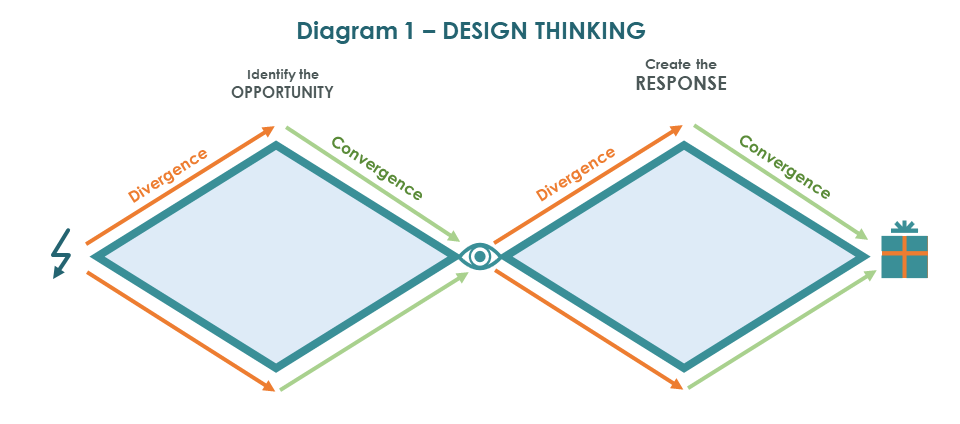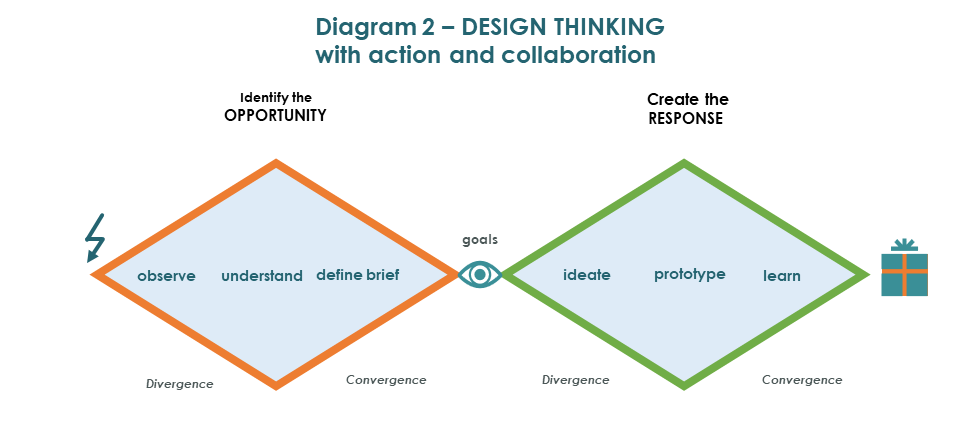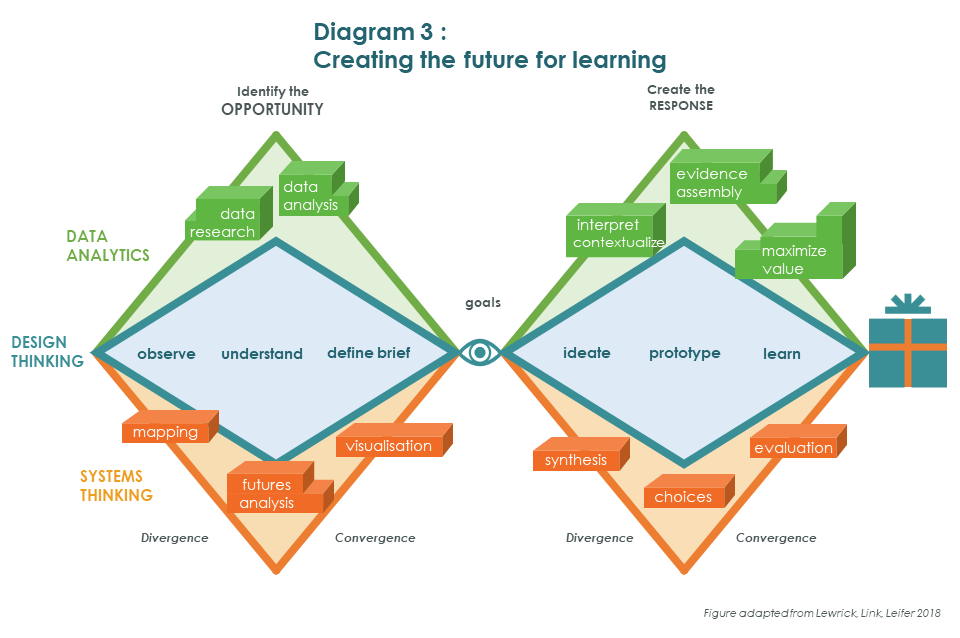|
It’s a great joy to me that, during these ‘challenging times’, many educators are exploring learning design ideas. And appreciating that providing successful, enjoyable, engaging pathways for digital learning environments, is best worked out before the students arrive. My preferred way of undertaking this planning is through Carpe Diem co-design (www.gillysalmon.com/carpe-diem) and using research- to- practice academic concepts (www.gillysalmon.com/e-tivities). I’m discovering that academics value some reminders of the key notions of practical design frameworks. Many creative tools are well known; a few are new. I’ve put some references below which have helped me and many participants in Carpe Diem workshops. These assist with building confidence and determination of directions and actions – sometimes rare commodities in rapidly changing situations. And hence, support mindful, equitable, viable, and purposeful digitalisation of learning and teaching. It is important to know where you ‘are’ in the design process. Avoid starting with ‘the solution’ but with considerations of the many ways in which the opportunity could be thought about. Get some ‘divergence’ into your thinking, and then ‘converge’ on your optimal viable way forward. Focus down to an appropriate, collective ‘Point of View’ if you can about the opportunity. Then diverge your considerations of possible resolutions before converging on your best plan(s) to meet the situation, given your time and resources. So, for example, the divergence might be to explore a wide range of ways to respond to students unable to attend campus. And then, converging on the preferred resolutions by creating a pedagogical journey through a storyboard. This concept is usually drawn as two consecutive diamonds like so: You will have noticed that moving from the dominance of place- based learning to exploring the potential of digital environments is complex! For more complicated challenges, wider thinking assists in developing better understanding and more choices. It’s best done with a small team of people with differing perspectives. So, for Carpe Diem methodologies, we add aspects of ‘systems thinking’ to our fusion, such as multiple stakeholders and visualisations to increase our creativity. In situations of rapid change in the wide world of work and research, we need still more in the mix. Key questions might remain: how to explore possible futures for the graduates of our learning programmes? How can we prepare them better for their long learning lives? Who will benefit – can advantages be broader and more equitable? How can we make our education programmes more relevant over time, not less? We can explore data of all kinds. We can map visions to potentials. But the core of our design thinking needs to lead to tangible constructions of learning pathways. Have a try…
Group engagement based on design processes cross borders and boundaries and enthuse different disciplinary cultures and professions. They are almost universal in their ability to engage, and likely to benefit future students. Recent international practice in workshops deploying these design concepts has engendered confidence in and involvement by participants. Please explore and become a designer of the future! References. Visual Director for Education Alchemists, Rod Angood, YouTube Video https://www.youtube.com/watch?v=Dn6piCH5d6g&t=69s Brand, W. (2019). Visual Thinking. Amsterdam: BIS Publishers. Hall, E. (2018) The 9 Rules of Design Research. Blog aimed at business; an interesting perspective. https://medium.com/mule-design/the-9-rules-of-design-research-1a273fdd1d3b Lewrick, M., Link, P.,& Leifer.(2018).The design thinking playbook: Mindful digital transformation of team, products, services and ecosystems. Hoboken: Wiley Roam, D. (2016) Draw to Win. (2016). Penguin.
3 Comments
24/1/2022 16:26:37
Great article! Thank you for sharing this informative post, and looking forward to the latest one.
Reply
16/2/2022 13:16:10
This is a very informative—edifying article to all. Thanks a lot! Continue to post!
Reply
Leave a Reply. |
AuthorGilly Salmon Archives
January 2022
Categories |
Education Alchemists

This work is licensed under a Creative Commons Attribution-NonCommercial-ShareAlike 4.0 International License.




 RSS Feed
RSS Feed